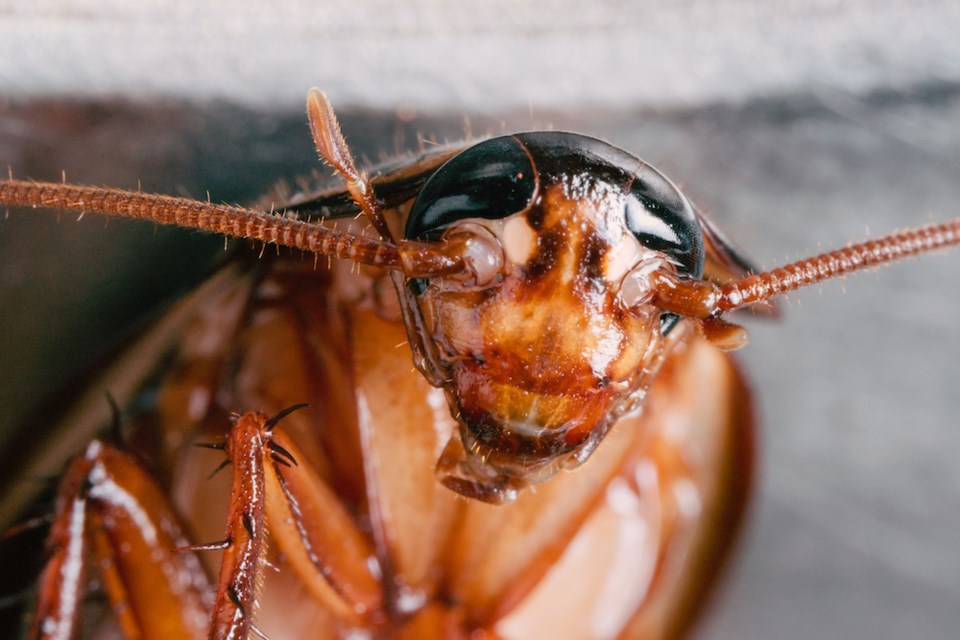Orkin Canada has released a seasonal forecast...but it isn't one that spells out how hot temperatures will get across the country.
Canada's largest pest control company has released its predictions for the most common pests you'll spot in the Lower Mainland as the weather starts to warm up.
While many pests seek shelter during the colder months, warns that rapid snowmelt can create slushy, soggy soil and flooding conditions, which impacts pest behaviour.
“The increased soil saturation and flooding risks not only create suitable breeding conditions for certain pests, but can also flush them out of their natural habitats towards residential properties, where they may pose health risks, compromise building structures and eventually turn into bigger infestations,” said Dr. Alice Sinia, an entomologist with Orkin Canada.
Top nine pests to expect this summer in Canada
Ants
Orkin notes that ants can contaminate food items and beverages by crawling on them, while carpenter ants "can cause damage by tunneling through wood, insulation, and electrical cables while establishing their colonies."
Ticks
Known for spreading Lyme disease, black-legged ticks, known as deer ticks, can be problematic for people as well as their pets. But all types of ticks can transmit a variety of bacteria and viruses.
Rodents
Due to a mild winter, Orkin says Canada's rodent population saw an "increased survival rate." Rats and mice can bring "ecto-parasites, such as mites, fleas, lice and ticks in your home, as well as transmit various diseases."
Â鶹´«Ã½Ó³»rats have caused massive infestations in rental units, causing disputes between landlords and tenants.
Cockroaches
Cockroaches are notoriously hardy creatures, famously known for and having inhabited the earth for a whopping four million years. They can also survive for weeks without food and water.
The creepy crawlies contain harmful bacteria that can make people sick and may climb from sewers right onto your dinner plate -- yuck!
Subterranean termites
As their name implies, this problematic pest does most of its damage out of plain sight. The subterranean termite may live in a home for years undetected, causing structural damage to buildings, homes, and other wooden structures.
Orkin notes that these critters are drawn to "moist soil and persistent dampness."
Mosquitoes
Hot, sunny Â鶹´«Ã½Ó³»weather provides ideal conditions for these tiny insects to multiply and thrive. They require stagnant water or moist and oversaturated soil to procreate, which means tempestuous spring weather creates ideal breeding conditions.
These miniature menaces can carry diseases such as malaria, dengue, and West Nile virus.
Midges
While these tiny insects resemble mosquitoes, they don't spread the same viruses that mosquitoes do. But Orkin notes that they are "major contaminants" that create massive infestations in homes.
Flies
As one of the most common pests, flies are known for wreaking havoc at outdoor gatherings and backyard meals. They feed and breed in "moist decaying organic matter" like garbage cans and organic waste. Similar to the rodent population, Canada's mild winter has also bolstered fly populations.
Wasps
Wasps are another common pest that is drawn to people's outdoor dinning experiences. Unfortunately, these insects can be aggressive and territorial, putting humans and their furry best friends at risk of stings.



